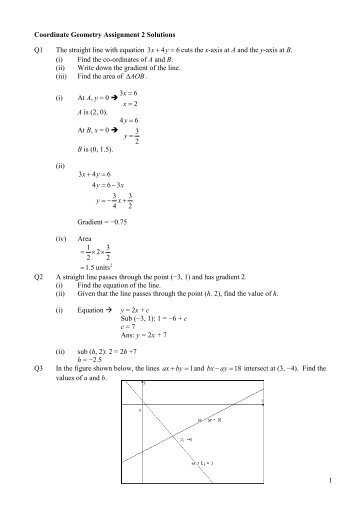3D Coordinate Geometry Software

Math Visualization Software
Typical field sketches showing points defined by distance-distance (left) and bearing-bearing (right).You can access COGO commands from the. The COGO Input dialog box is available on the ribbon as well as on the tool bar of the Task Pane Survey tab. You can also enter COGO data “transparently” (while running other commands) by entering ‘mapcogo at the command prompt.For example, start the Polyline (PLINE) command. When prompted for the next point in the polyline, enter ‘mapcogo.
The COGO Input dialog box appears. Select a COGO routine, and enter the COGO data to calculate the new point. When you finish specifying the point, the Polyline command prompts you to enter the next point.
You can enter the point normally, or you can start another transparent command to specify the point.
Two-Dimensional Coordinate Geometry: Two-Dimensional Coordinate Geometry Two-dimensional coordinate geometry, the use of algebraic equations to represent two-dimensional geometric shapes such as lines and polygons, is the basis for the design of computer graphic software. Popular illustrations programs let graphic designers quickly create two-dimensional geometric figures through simple point and click operations.

The computer code that generates the two-dimensional object on the screen is based on coordinate geometry formulas, such as the distance and midpoint formulas. Fractal Geometry: Fractal Geometry Fractal geometry is the study of automated drawing methods that are based on a specific geometric shape or set of specific geometric shapes. Often fractal methods involve the repeated inscription of a geometric shape within a geometric shape. One example, is when an equilateral triangle is inscribed within an equilateral triangle, repeatedly, such that each successively inscribed equilateral triangle is smaller than the previous. When computer code is written to perform this procedure, successively smaller equilateral triangles can be continually constructed without end and without human intervention. Linear Perspective: Linear Perspective Linear perspective is a geometrical drawing method that is used in computer graphics programs to construct a three-dimensional object on a two-dimensional computer screen.
In effect, linear perspective is a geometrical system that lets one construct a true photo like image of an object from the three-dimensional coordinates of an object. Fundamental to linear perspective is the perspective grid. The perspective grid is used to derive the geometric formulas for the 3D to 2D coordinate conversions used in computer graphics programs.
Descriptive Geometry: Descriptive Geometry Descriptive geometry, like linear perspective, is used in computer graphics to construct a three-dimensional object on a two-dimensional computer screen. However, descriptive geometry does not produce a true perspective rendering like a camera would. A computer graphic based on descriptive geometry methods results in a drawing such that all lines that are parallel in three-dimensions are drawn parallel on the two-dimensional screen. Because a parallel grid is used instead of a perspective grid, the true dimensions of the object can be directly measured on the computer screen.